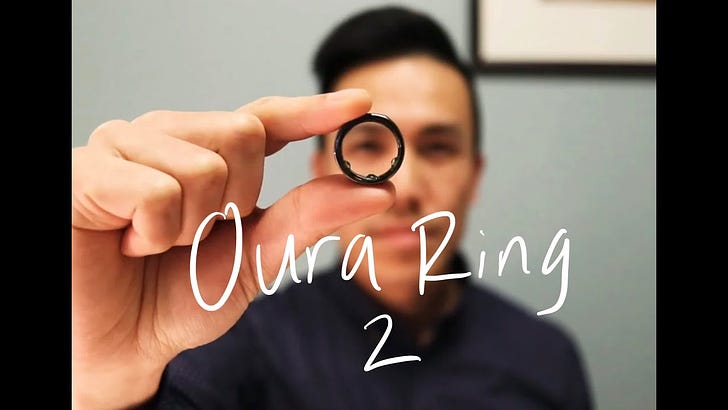The NBA released a multi-part plan to monitor players while they are sequestered at DisneyWorld in Orlando, Florida, amidst a re-ignition of COVID-19 in the state. This CNBC report details the plan, which includes proximity sensors, regular temperature checks, pulse oximetry, regular testing, and, most interestingly here, the use of a wearable device to measure biometrics, including a calculated “illness index.”
All that aside, including what’s going on in Florida, the use of the wearable is potentially a tipping point not just for the NBA, but for sport. The device is an Oura ring. At about $300 bucks, its accessible and the NBA is allegedly getting quite the deal on it; one person told me this amounts to a marketing deal worth millions to Oura, though it is not without risk.
I spoke with a source who told me that the NBA looked at multiple possibilities, starting with the Whoop band, with which the NBA has used regularly including allowing it on-court for the first time this season. Oura’s advantage was a study based at West Virginia University that had a head start on using biometric data to assess COVID-19 risks.
Whoop, Motiv, Fitbit/Google, and Apple were all considered, plus one other device that is not yet publicly available, but the Oura had an advantage in both the science and the form factor, making it the choice.
Overall, with the tools the NBA will give to each player, it’s a retail value somewhere south of $500, which is accessible across the board. This is another thing that the NBA is excited about; not only will they use this for their players, but they have the chance to show this kit off and be seen as a thought leader.
It’s not as if they’re cheaping out either. None of the devices considered are significantly more and some are less. The NBA is already spending six figures on putting up the sensors and cameras for their player tracking system, keeping the data they normally collect on home courts there at the Disney complex. (I’m told it’s likely a permanent installation, which makes me think the NBA Combine and perhaps some other events will move there.)
The question now is whether other sports will suddenly step up in terms of wearable devices. After nearly a decade, MLB only has three current approved devices for in-game wear, though much of the holdup is with the MLBPA, which has actively discouraged players from using anything that allows teams to have access to any new biometric data. (Oh, man, are they going to hate some of the new Statcast tools.)
The NFL and NHL have a complicating factor in the sheer collisions inherent in the sport. A Whoop band would likely be shattered in an NFL game, as would most wearables. A ring, like the Oura or Motiv, could have a slight advantage, though there are still issues - just ask Jimmy Fallon.
The NBA could push this forward, making wearable data not only an advantage as they attempt to get past a pandemic, but in terms of making wearables more acceptable. Will we see the next generation of basketball stars - say Bronny James - wearing a tracking ring at the next Nike camp? Will wearable tech be as necessary as some high tech sneakers?
And where does this leave the other sports, including at the college and high school level? If there were ever going to be a tipping point for tech, it’s now. Manufacturers and sports teams should be figuring out a way to get as much new into the game in this brave new sports world. It’s just one more change and one where the players and unions need to get up to speed fast.




